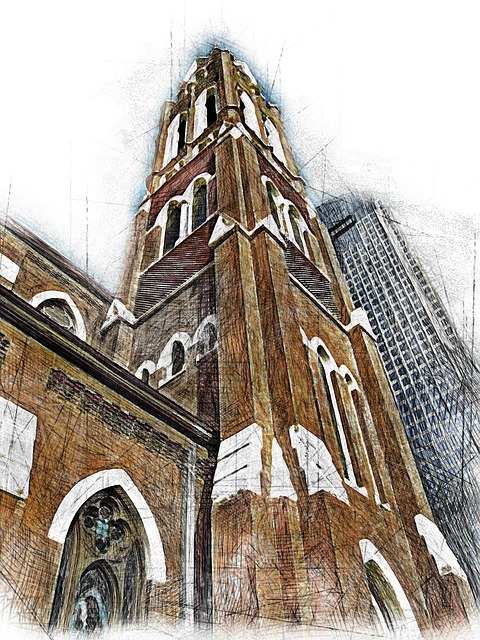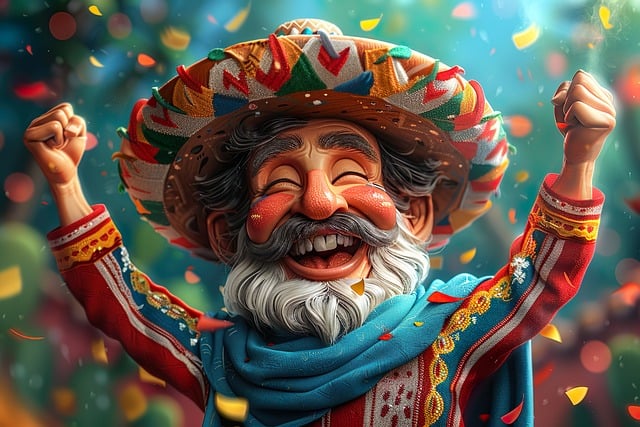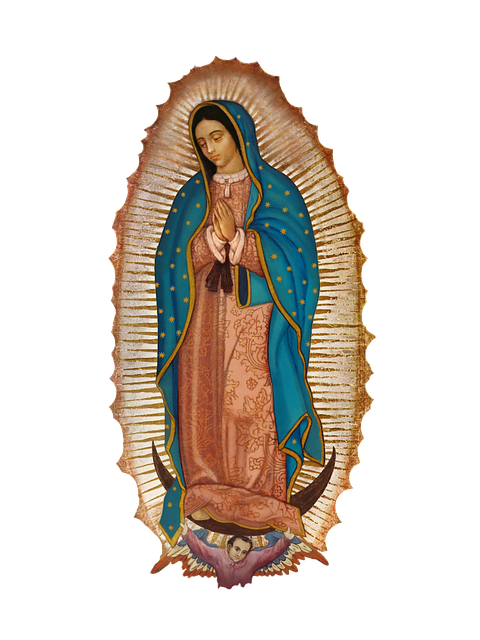Cultural diversity drives vibrant communities, with real estate playing a key role in preserving and reflecting local heritage. Embracing traditions, festivals, street art, and authentic eateries creates unique identities that foster community spirit and enhance quality of life. Protecting historic architecture and incorporating traditional elements into urban planning ensures cultural preservation while appealing to diverse residents. Integrating indigenous styles, materials, and artwork makes public spaces into vibrant galleries, fostering a strong sense of belonging and community pride.
In vibrant communities across the globe, cultural roots run deep, weaving a rich tapestry that shapes our identities and spaces. This article explores how diverse populations celebrate their heritage, from historic neighborhoods to modern urban centers. We delve into three key aspects: uncovering and preserving cultural diversity through real estate, using properties as a canvas for tradition, and fostering inclusive environments where roots thrive in everyday life. Join us on this journey celebrating community and its enduring cultural threads.
Unveiling Cultural Diversity: A Community's Heritage

In every vibrant community, cultural diversity is a treasure that enriches the local landscape. This is especially true in neighborhoods where real estate isn’t just about buildings and plots; it’s about stories and heritage. By celebrating their rich cultural roots, residents forge a unique identity that attracts visitors and fosters a sense of belonging. Every festival, tradition, and culinary delight becomes a window into the diverse tapestry of the community, drawing folks from all walks of life to appreciate and understand each other better.
From vibrant street art that reflects local history to authentic eateries serving traditional fare, these cultural touchstones are integral to the real estate experience. They transform areas into dynamic, inclusive spaces where people from different backgrounds can coexist harmoniously, enriching the overall quality of life. This celebration of heritage not only preserves the community’s past but also promises a promising future, built on shared values and a deep sense of community spirit.
Preserving Traditions: Real Estate as a Cultural Canvas
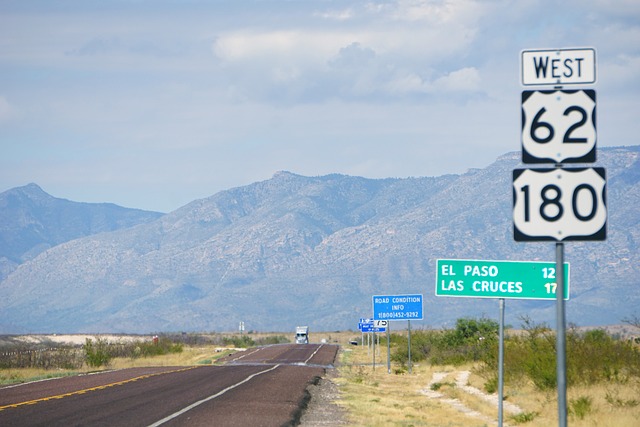
In any community, real estate isn’t just about property; it’s a canvas that reflects and preserves cultural roots. Local architecture, from historic homes to vibrant public spaces, tells stories of traditions past and present. By protecting and restoring these physical attributes, communities safeguard their unique identities, fostering a sense of belonging and pride among residents.
Real estate development that respects and incorporates traditional elements becomes a powerful tool for cultural preservation. It encourages the continuation of customs and practices, making sure that the community’s rich tapestry remains woven tightly through time. This approach not only enhances the aesthetic appeal but also creates a space where each stone, each design choice, whispers tales of heritage, ensuring that the community’s story is never forgotten.
Fostering Inclusion: Celebrating Roots in Everyday Spaces
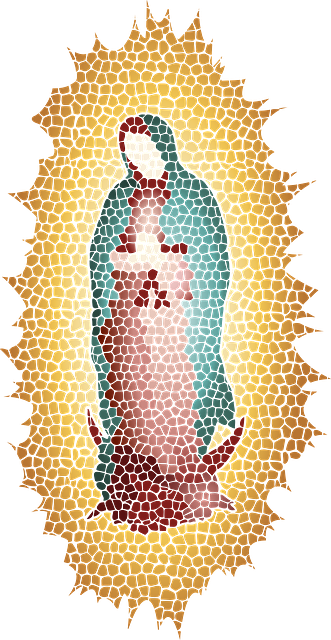
In a vibrant community, fostering inclusion means bringing diverse cultural roots into everyday spaces. This is achieved through thoughtful urban planning and real estate practices that reflect and celebrate the area’s multifaceted heritage. Local businesses, public art installations, and cultural events all play a part in creating an environment where everyone feels seen and represented. By integrating these elements seamlessly into the fabric of the neighborhood, residents are reminded of their shared history every day.
Real estate developments can actively contribute to this inclusivity by featuring architectural designs that pay homage to traditional styles, incorporating indigenous materials, or showcasing artwork from local artists. Public spaces become living galleries where stories from various cultural backgrounds intertwine, fostering a sense of belonging and community pride. This approach not only enriches the urban landscape but also strengthens social bonds, making the area a desirable place to call home for folks from all walks of life.
